Walking Hadrian’s Wall: Part I
In Part I of this write-up of my recent experience walking Hadrian’s Wall, I give you a potted history of the Wall, as well as some practical info on what it’s like to trek along its 135 km (84 miles). In Part II we will look at some of the forts and museums you can see along the way, as well as detours you might choose to take.

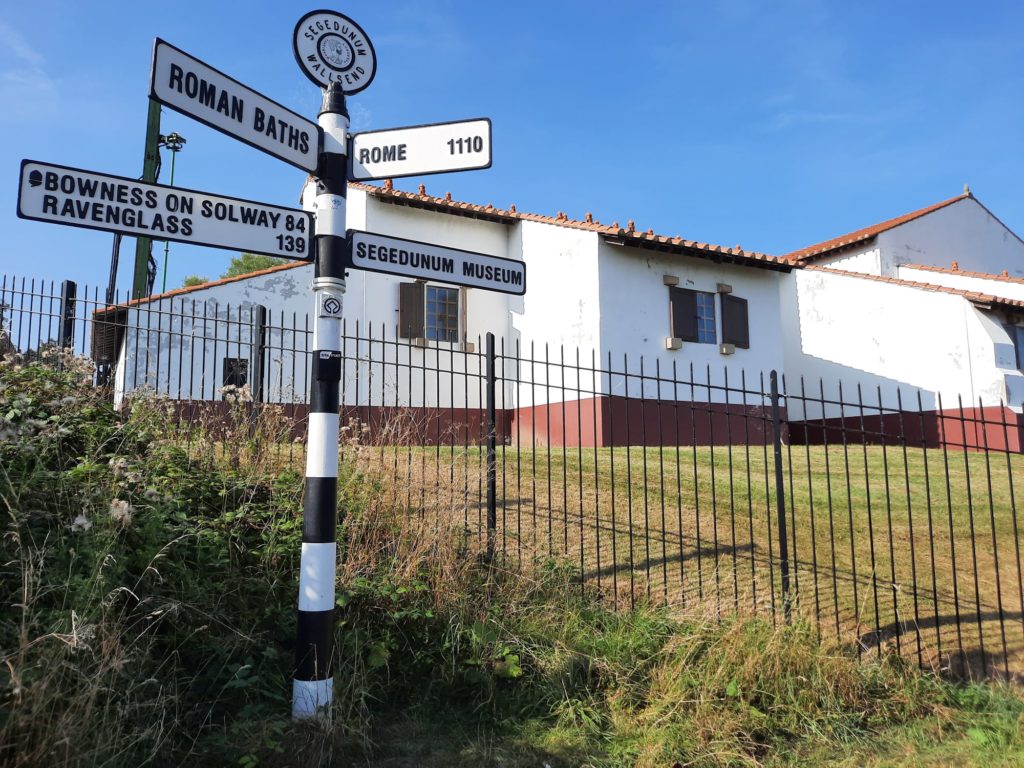

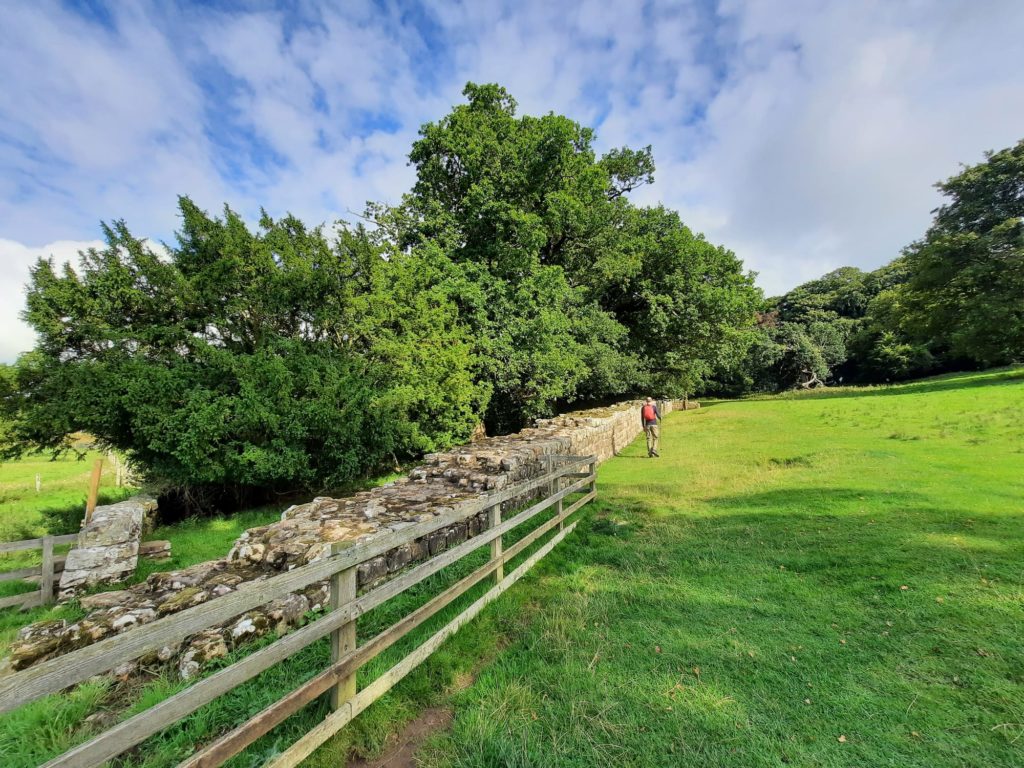
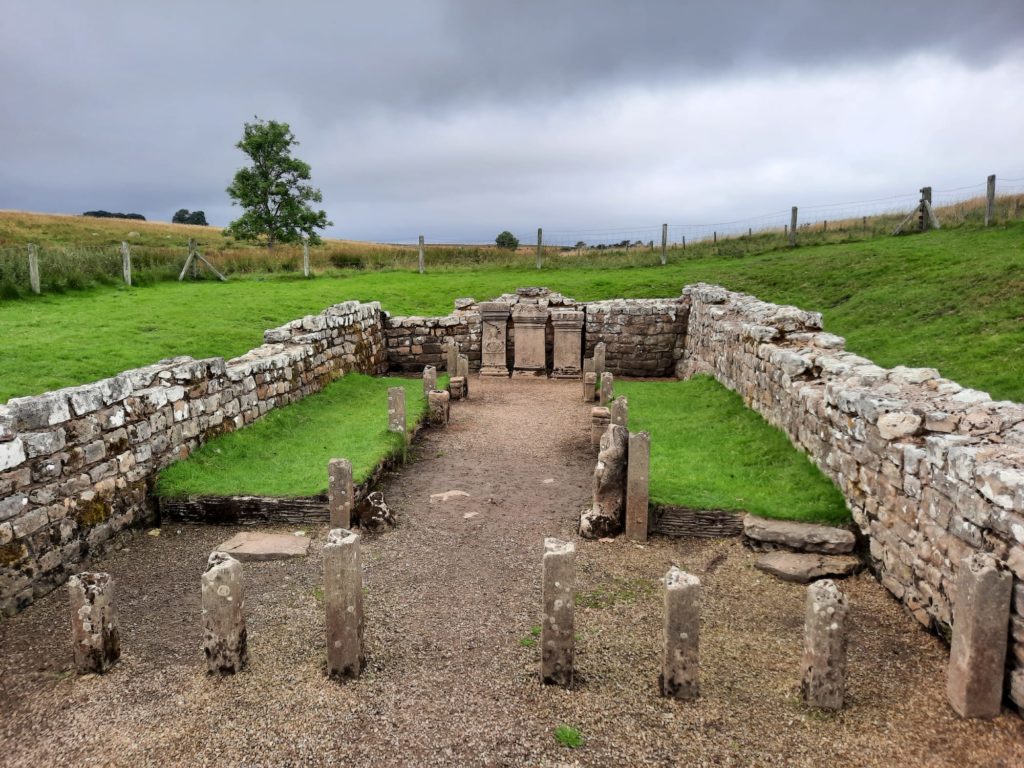

Who Is This Hadrian And What’s This Wall All About?
Hadrian’s Wall. 135 km (84 miles) across Northern England, basically coast to coast and close in places to the Scottish border. Quite an achievement to walk it, even today. And quite a legacy those old Romans left us. But why did they build such a big wall in the first place?
Well, Britain is pretty far from Rome, but was most definitely part of the Roman Empire. Multiple Emperors even visited these shores, including Julius Caesar early on, and Hadrian in 122 CE. It was Hadrian who ordered the wall to be built, right across one of the Northern frontiers of the Empire. He wanted to separate conquered Roman territories from the ‘barbarians’, and stop incursions and raids by British tribes. They went about the building in a very Roman way – a wall of stone or turf, with a guarded spot every mile (‘milecastles’), and two observation posts between each milecastle. Plus a big ditch. Just to be sure.
So for a time, the Wall was a functioning defence, with soldiers from all over the Roman world patrolling stretches of what is now Northumberland and Cumbria. When the Romans eventually left (or stayed and intermarried), the Wall remained. On the one hand, it provided a very useful quarry for anyone who wanted to build themselves a farm, a church, a castle, or their own wall. On the other hand, it continued to shape the landscape and the lives of local inhabitants. Centuries after everyone had forgotten how the wall got there or who it was built for, the bottlenecks created by wall crossings provided opportunities for the Reivers, or raiders, who operated all along this borderland.
The Wall Rediscovered
Once (wealthy/leisured) people started to take an interest in heritage and archaeology (1800s), the Wall became interesting for its own sake once more. An important name in Hadrian’s Wall history from this time is John Clayton. Clayton was a Newcastle solicitor and Town Clerk. When he was a young child, his father purchased the estate at what is now Chester’s Roman Fort. Landscaping works continually unearthed antiquities, and young John was hooked.
As he grew older, Clayton continued his interest not just in the Roman site on his doorstep, but in the larger Hadrian’s Wall landscape. He bought up a lot of land to ensure that no more stones would be pilfered (great job!). He also ‘reconstructed’ some bits of it to what he felt was the original form (less great!). But without a doubt there would not be so much to see of the central section of Hadrian’s Wall today without his influence.
And lucky for us, because in the 20th/21st Centuries there has been a growing heritage industry to feed. Today you can walk parts of the wall or the whole thing as part of a National Trail. You can visit forts, museums and reconstructions. A whole gamut of hospitality and tourism businesses exist just to service Hadrian’s Wall tourists. Including the Salterton Arts Review in September 2021!

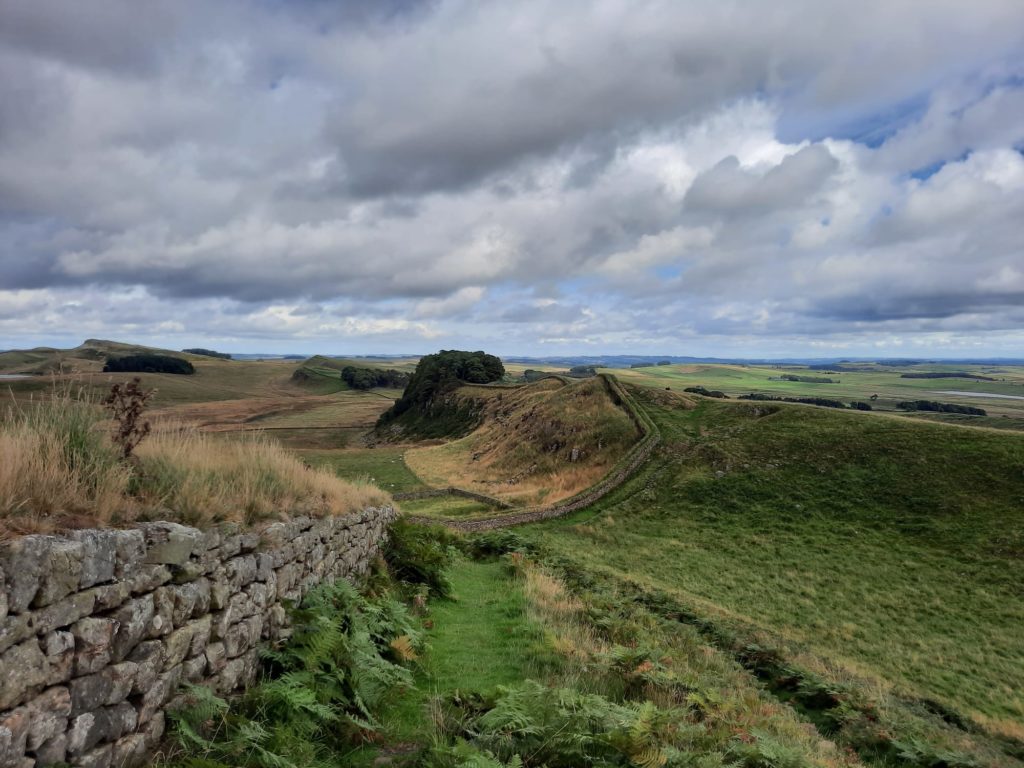
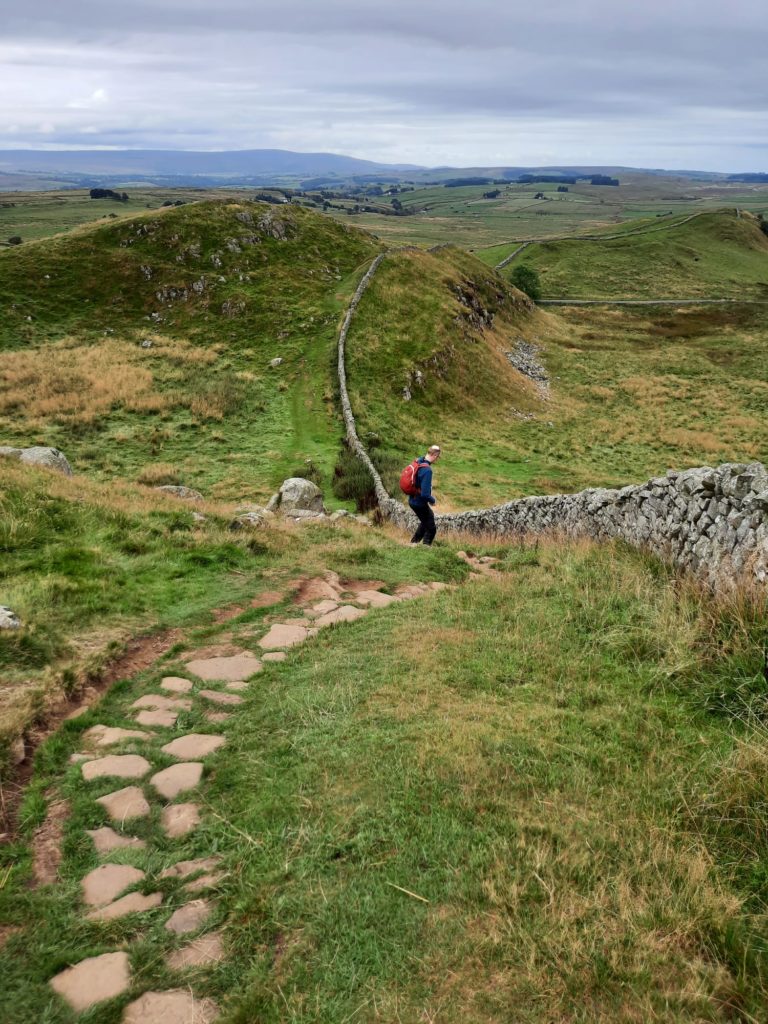
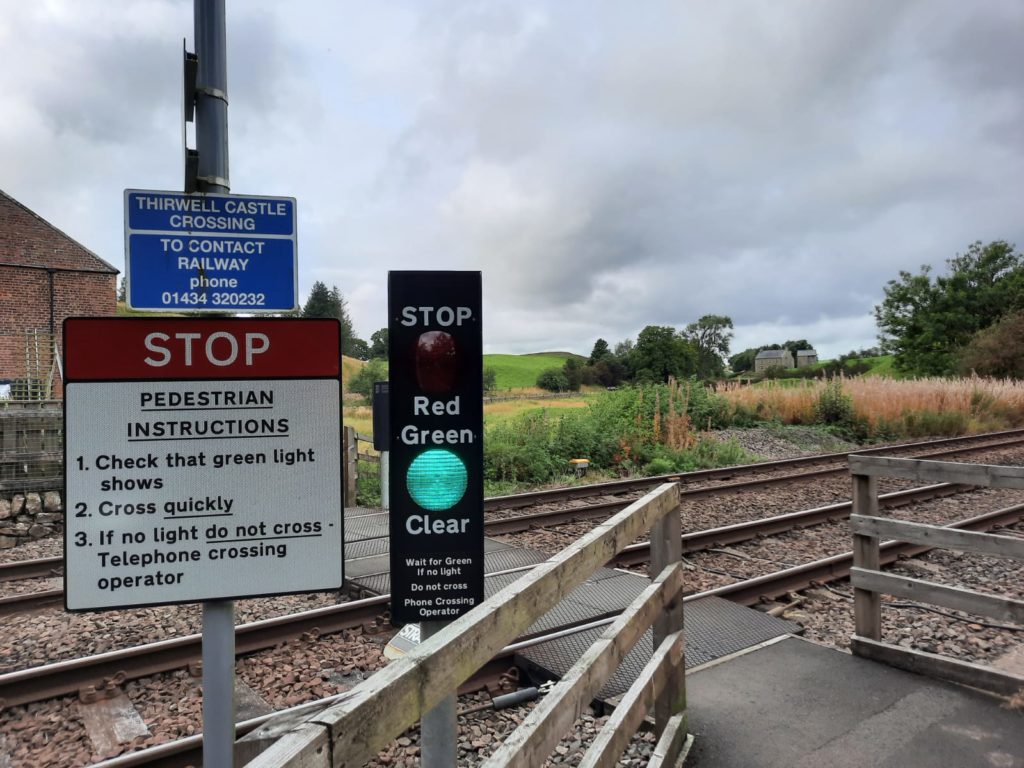

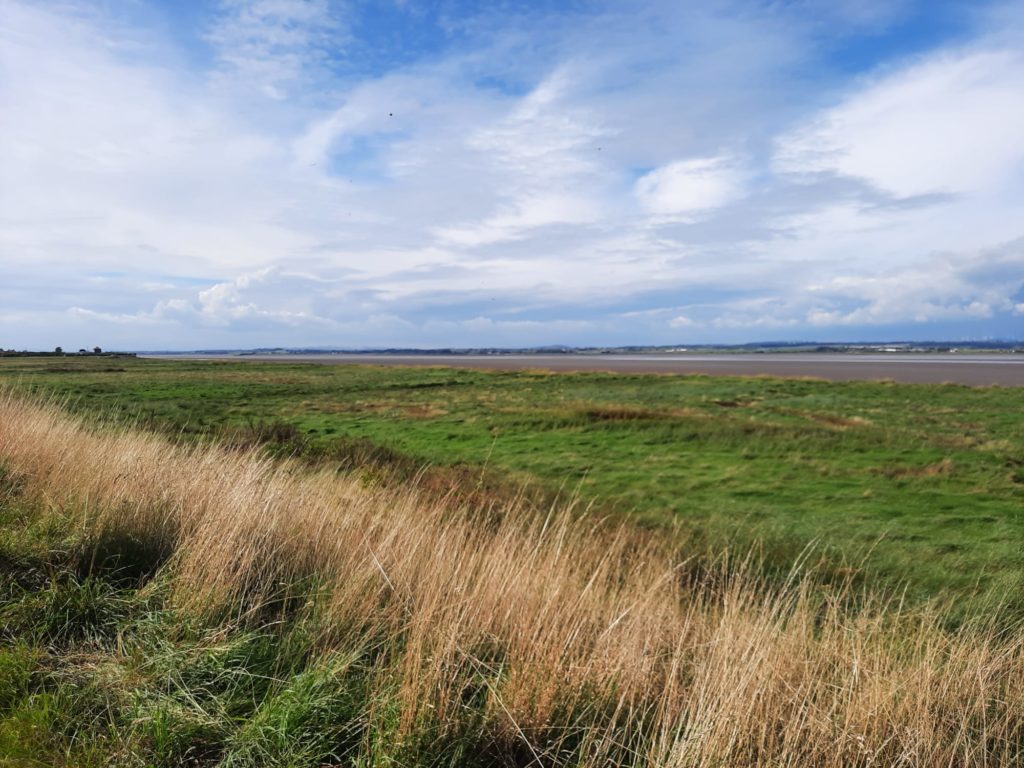
What Is It Like To Walk Hadrian’s Wall?
My partner and I chose this holiday after a reasonably disappointing city break a few months ago (ahem). Fed up of being in the UK, we wanted a holiday that would feel different (first world problems I know). Hadrian’s Wall is something I would have circled around to eventually, but probably not for a while. A lot of people have done like us and pushed UK experience holidays up the agenda, so local taxi and B&B operators told us they were having a bumper season with a much more British visitor profile than usual. In fact it was so busy that we couldn’t get accommodation in one spot, and had to improvise. More on that in the next section.
Walking Hadrian’s Wall is a great experience. I had never ventured that far north in England before, and I loved passing through all the different landscapes. From the heart of Newcastle to the wild landscapes of Northumberland National Park. From gentle rolling farmland in Cumbria to sweeping horizons as you approach Bowness on Solway. These changes bring with them different challenges. Sometimes the challenge is that you’re following a long straight road and it’s boring (often a remnant of the Military Road built in the 18th Century to deal with Jacobites). Sometimes it’s that you’ve been going up and down crags all morning and your ankles need a rest. This isn’t like walking the Appalachian Trail or anything though. Normally there is a pub to finish the day at followed by a comfortable bed. Or even a pub at lunchtime if you’re lucky!
And like any experience over a long(ish) duration, I found that one challenge is remembering what you’re there for. When you’ve been walking alongside the wall for a while, you need to force yourself to take a moment every now and then to really think about it. This is Roman! It’s been here for millennia! What a privilege to be able to do this for a week!
Planning Your Hadrian’s Wall Walk
Maybe you’re itching now to get out there yourself. So let me share what little wisdom I have gleaned from my own experience. I don’t get any financial kick-backs from any of the firms mentioned – this is just my experience, shared with you.
1. For an easy life, book via a company (and get them to take your bags for you)
I don’t mean an organised or guided tour. What we did was book the self-guided 9 day/8 night walk via Mac’s Adventure. This had two huge advantages. Firstly, right now with so much uncertainty, it’s so much simpler to have one booking with one company, rather than various B&B bookings you have to juggle yourself. Seriously, that would be a headache. Secondly, Mac’s Adventure also organise for your luggage to be taken from place to place, so all you need is your daypack. We saw a few people carrying their own luggage, and they didn’t look happy.
2. Be Flexible
As I mentioned before, we couldn’t get accommodation in one spot, so had to work with Mac’s Adventure to improvise. After all, in spite of all the hikers passing through, some of the towns on Hadrian’s Wall are just tiny hamlets. So we stayed two nights in Chollerford, and the very friendly Haydon Taxis ferried us back and forth. Sorted.
3. What equipment do I need?
Just the usual really for a daypack. Hiking clothes including cold weather/wet weather gear. Hiking boots not quite mandatory but recommended. Poles not essential but I quite liked having them for balance on the steep bits. Take your camera. We took way more snacks than we needed – although on some days there is nowhere to buy food, pretty much all B&Bs seem to offer a (generous) packed lunch option. Oh, and make sure you have good maps – the trail is signposted but sometimes you need more.
I hope this quick intro has been useful! Part II is coming soon, with details on some of the stops along the way.
Want more heritage-inspired travel ideas? Sign up below:
If you see this after your page is loaded completely, leafletJS files are missing.

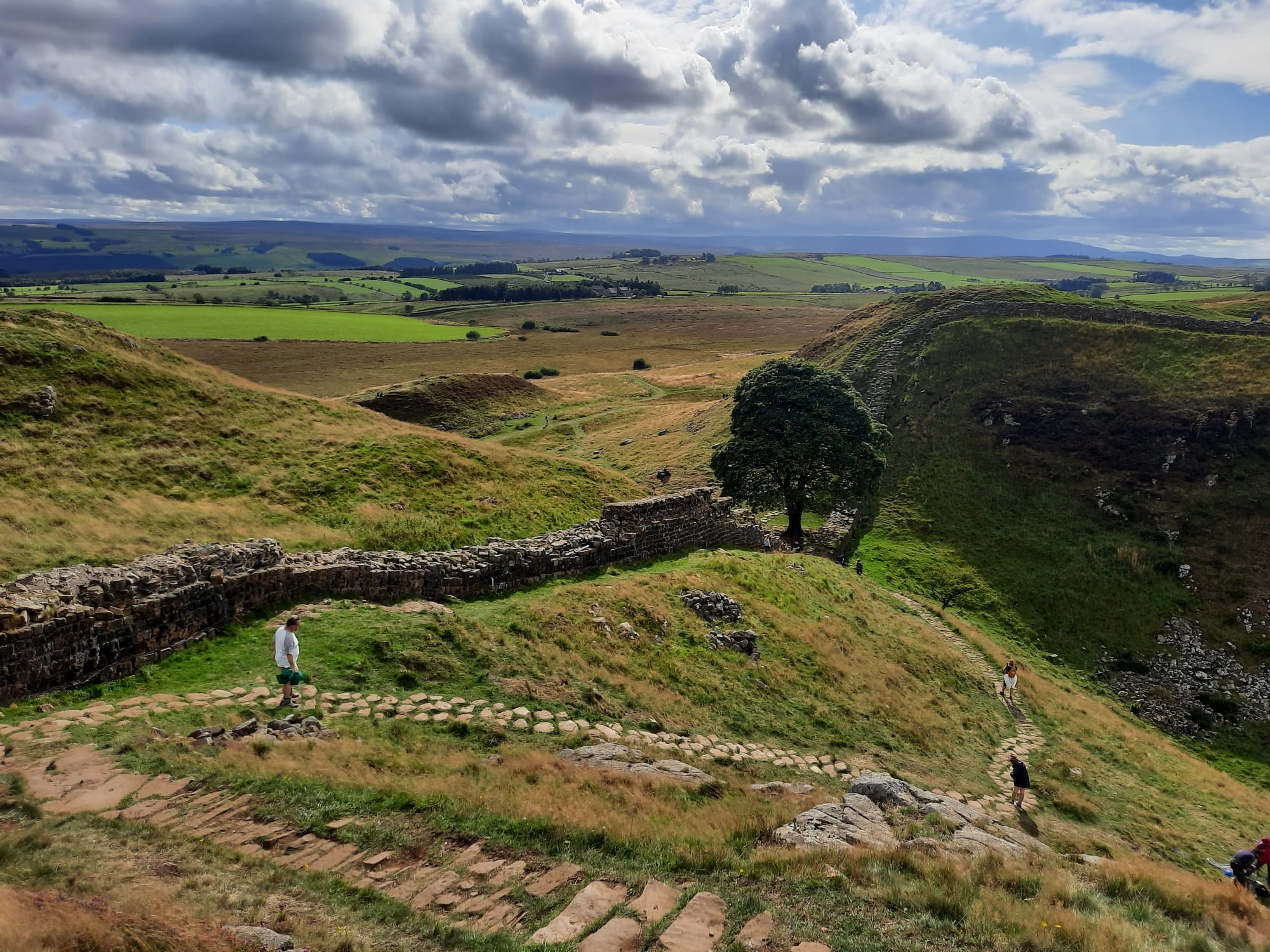
One thought on “Walking Hadrian’s Wall: Part I”